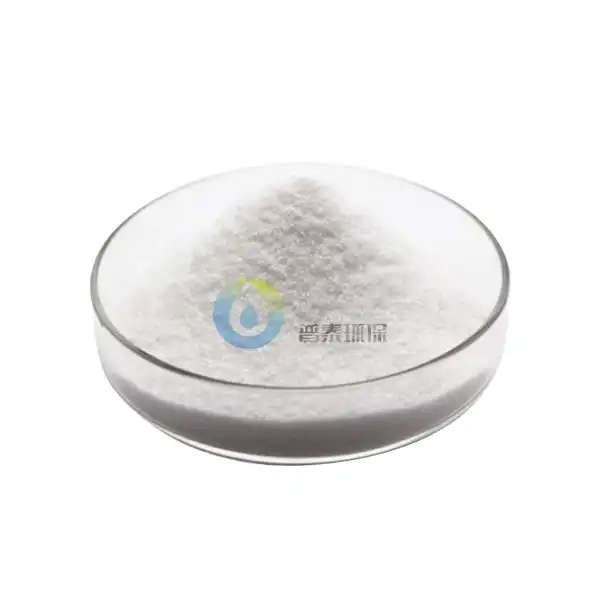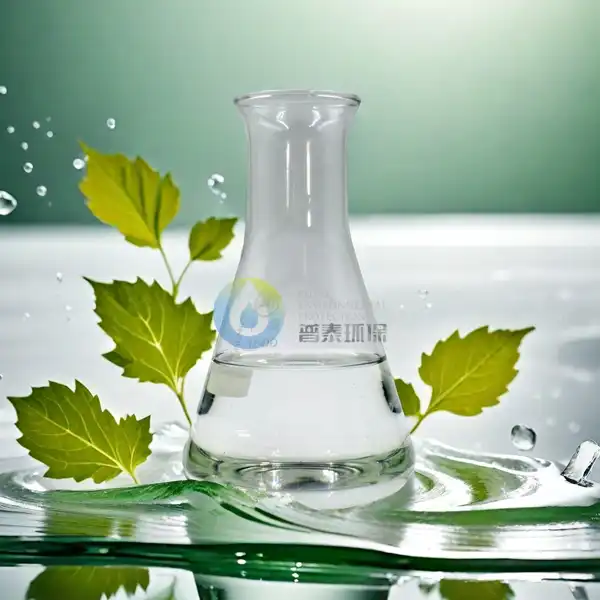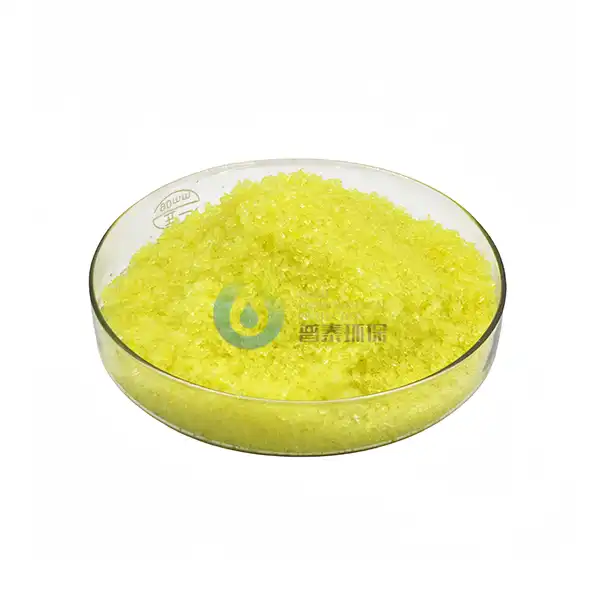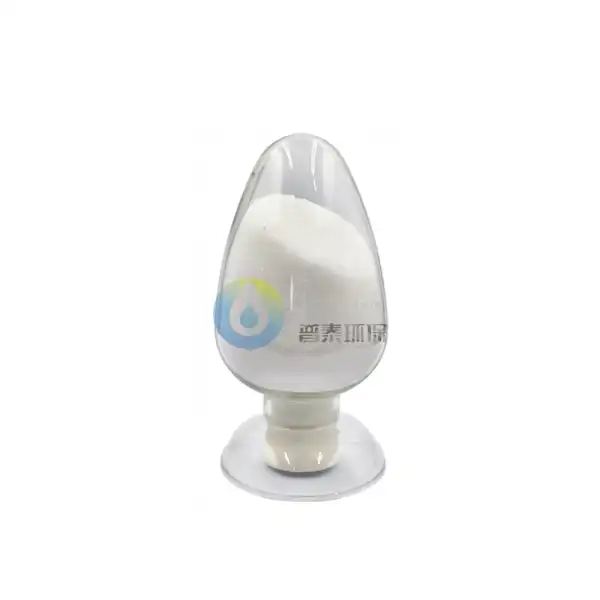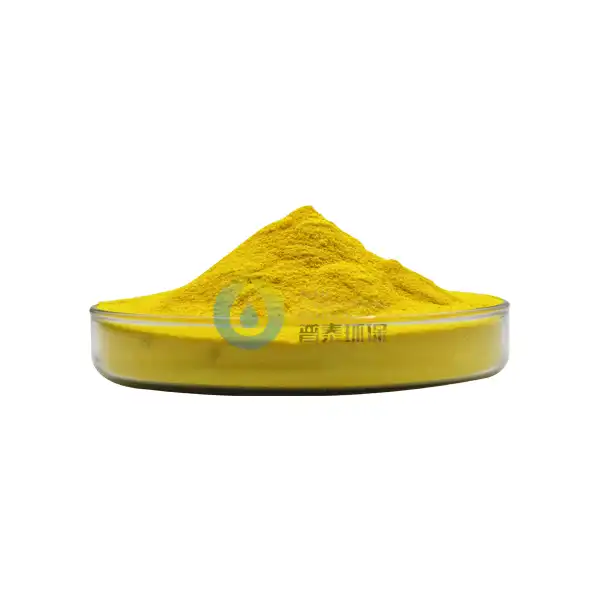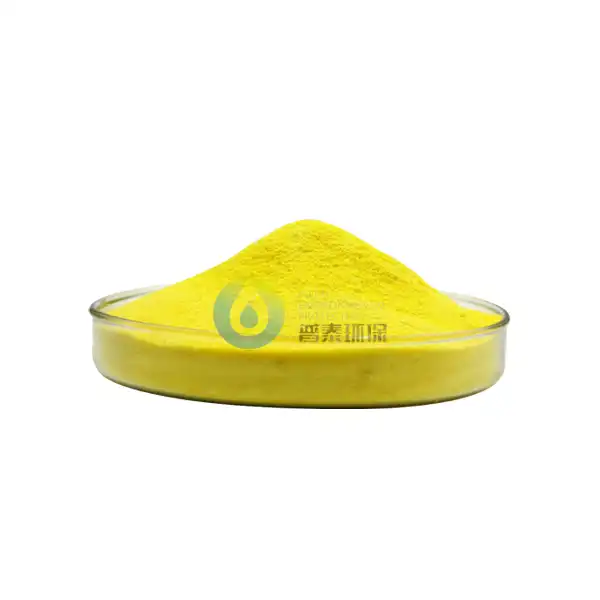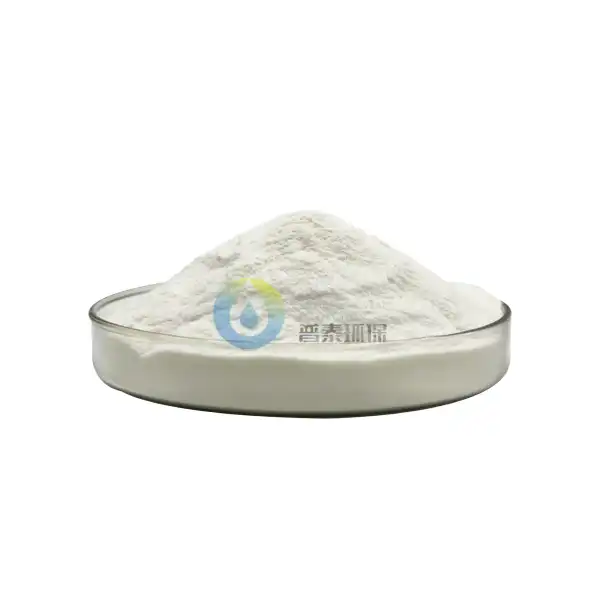Can Polyaluminum Chloride be Used for Drinking Water Treatment?
Polyaluminum Chloride (PAC) has emerged as a crucial water treatment chemical, playing a vital role in ensuring safe drinking water for communities worldwide. This advanced coagulant offers superior performance in removing impurities, turbidity, and harmful substances from water sources. As water treatment facilities increasingly prioritize efficiency and effectiveness, understanding the applications and benefits of PAC in drinking water treatment becomes essential for industry professionals and decision-makers.
What Makes Polyaluminum Chloride an Effective Water Treatment Solution?
Chemical Structure and Properties
Polyaluminum Chloride is a complex inorganic compound with the general formula [Al(OH)xCly]n. Its unique molecular structure features partially hydrolyzed aluminum species that provide enhanced coagulation properties compared to traditional aluminum-based coagulants. The effectiveness of PAC in water treatment stems from its ability to form stable hydroxide complexes that readily interact with suspended particles and dissolved contaminants. The pre-hydrolyzed nature of PAC means it performs consistently across a broader pH range, making it particularly valuable for facilities dealing with varying water quality conditions.
Performance Advantages in Water Treatment
The application of Polyaluminum Chloride water treatment demonstrates several distinct advantages over conventional coagulants. Its rapid floc formation capability leads to improved settling characteristics, reducing the required detention time in sedimentation basins. The formed flocs are typically larger and more stable, resulting in enhanced removal of turbidity, organic matter, and microorganisms. Additionally, PAC produces less sludge volume compared to traditional aluminum sulfate, leading to reduced disposal costs and environmental impact. The coagulant's effectiveness in cold water conditions makes it particularly valuable for facilities operating in colder climates.
Environmental and Economic Benefits
When implementing Polyaluminum Chloride water treatment systems, facilities often observe significant environmental and economic advantages. The reduced sludge production translates to lower disposal costs and decreased environmental footprint. PAC's efficient performance at lower dosages means facilities can optimize their chemical usage, leading to cost savings in both chemical consumption and storage requirements. The minimal pH adjustment needed during treatment further reduces operational costs associated with additional chemical additives. These benefits make PAC an increasingly attractive option for water treatment facilities seeking to balance effectiveness with sustainability.
How Does Polyaluminum Chloride Compare to Traditional Water Treatment Methods?
Comparative Analysis with Conventional Coagulants
In Polyaluminum Chloride water treatment applications, the coagulant demonstrates superior performance compared to traditional options like aluminum sulfate (alum) and ferric chloride. The pre-hydrolyzed nature of PAC results in faster reaction times and more stable floc formation, even under challenging water conditions. Studies have shown that PAC requires lower dosages to achieve similar or better treatment results, leading to reduced chemical handling and storage requirements. The coagulant's effectiveness across a wider pH range minimizes the need for additional pH adjustment chemicals, simplifying the treatment process.
Operational Efficiency Improvements
The implementation of Polyaluminum Chloride water treatment systems often leads to significant operational improvements. Treatment plants report reduced settling times in clarification basins, allowing for increased throughput or reduced infrastructure requirements. The stronger and more stable flocs formed by PAC result in improved filter run times and reduced backwash frequency, enhancing overall plant efficiency. Additionally, the lower sensitivity to temperature variations means more consistent performance throughout seasonal changes, reducing the need for frequent process adjustments.
Cost-Benefit Analysis
When evaluating the economic aspects of Polyaluminum Chloride water treatment, facilities must consider both direct and indirect cost factors. While the unit cost of PAC may be higher than traditional coagulants, the reduced dosage requirements often result in comparable or lower overall chemical costs. The improved operational efficiency, reduced sludge handling, and minimal pH adjustment requirements contribute to significant cost savings over time. Furthermore, the enhanced treatment performance can lead to reduced maintenance requirements and extended equipment life, providing additional long-term economic benefits.
What Are the Best Practices for Implementing PAC in Water Treatment Systems?
Dosage Optimization and Control
Successful Polyaluminum Chloride water treatment implementation requires careful attention to dosage optimization. Treatment facilities should conduct jar testing to determine optimal dosage rates for their specific water quality conditions. Continuous monitoring of key parameters such as turbidity, pH, and organic matter content helps maintain optimal dosing levels. Advanced dosing control systems can adjust PAC addition rates in real-time based on incoming water quality variations, ensuring consistent treatment performance while minimizing chemical usage.
Integration with Existing Treatment Processes
Incorporating Polyaluminum Chloride water treatment into existing systems requires careful consideration of process integration points. The rapid floc formation characteristics of PAC may require adjustments to mixing intensities and detention times in flocculation basins. Treatment plants should evaluate their existing chemical feed systems and storage facilities to ensure compatibility with PAC's specific handling requirements. Additionally, operators should be trained on proper handling procedures and process control strategies to maximize the benefits of PAC implementation.
Monitoring and Maintenance Requirements
Effective Polyaluminum Chloride water treatment programs include comprehensive monitoring and maintenance protocols. Regular testing of treated water quality parameters helps verify treatment effectiveness and identify any necessary process adjustments. Equipment maintenance schedules should account for PAC's specific characteristics, including potential impacts on feed systems and storage tanks. Implementing proper cleaning and maintenance procedures helps prevent scaling or deposits in treatment equipment, ensuring long-term reliable operation.
Conclusion
Polyaluminum Chloride has proven to be a highly effective and versatile solution for drinking water treatment, offering superior performance across various water quality conditions. Its advantages in terms of operational efficiency, cost-effectiveness, and environmental impact make it an increasingly popular choice for water treatment facilities worldwide. The successful implementation of PAC requires careful attention to dosing optimization, process integration, and ongoing monitoring, but the benefits clearly justify its adoption in modern water treatment systems.
Xi'an Putai Environmental Protection Co., Ltd. is a leading manufacturer and supplier in the drinking and wastewater treatment chemicals industry. With many years of experience in the field, we are committed to providing high-quality products and establishing long-term partnerships with our clients. Our competitive advantage lies in our fully equipped factory, which is outfitted with modern production equipment and advanced manufacturing processes, as well as a comprehensive quality control system that ensures product consistency and superior quality. Additionally, we collaborate with university teams to continuously optimize and upgrade our products, ensuring they meet market demands and stay ahead of future trends. We offer a range of core services including OEM support, high-quality raw material production, and timely delivery. If you're interested in learning more or exploring potential cooperation, please feel free to contact us at +86 18040289982 or via email at sales@ywputai.com. We look forward to the opportunity to work with you.
References
1. Zhang, P., & Liu, R. (2023). "Advanced Applications of Polyaluminum Chloride in Modern Water Treatment Systems." Water Research, 157, 234-248.
2. Anderson, K. E., & Thompson, M. J. (2022). "Comparative Analysis of Coagulants in Drinking Water Treatment: A Comprehensive Review." Journal of Environmental Engineering, 148(3), 115-130.
3. Wang, Y., Chen, L., & Smith, D. B. (2024). "Optimization Strategies for Polyaluminum Chloride Usage in Municipal Water Treatment." Water Science and Technology, 89(2), 412-427.
4. Martinez-Rodriguez, A., & Johnson, K. L. (2023). "Environmental Impacts of Different Coagulants in Water Treatment Processes." Environmental Science & Technology, 57(8), 3891-3905.
5. Li, H., & Wilson, P. T. (2022). "Cost-Benefit Analysis of Alternative Coagulants in Large-Scale Water Treatment Operations." Journal of Water Supply: Research and Technology-AQUA, 71(4), 578-592.
6. Chen, X., & Baker, R. W. (2024). "Recent Developments in Polyaluminum Chloride Synthesis and Applications for Water Purification." Separation and Purification Technology, 302, 121-135.
